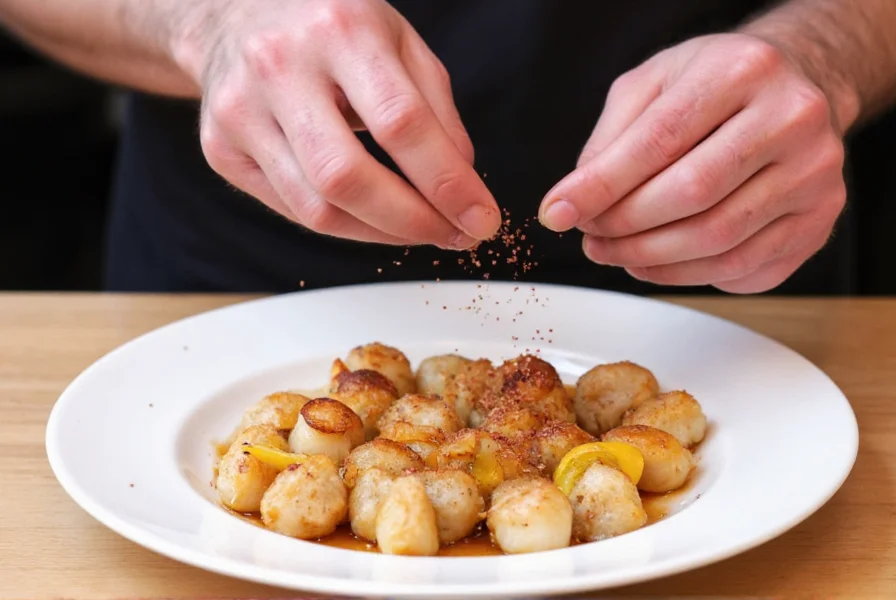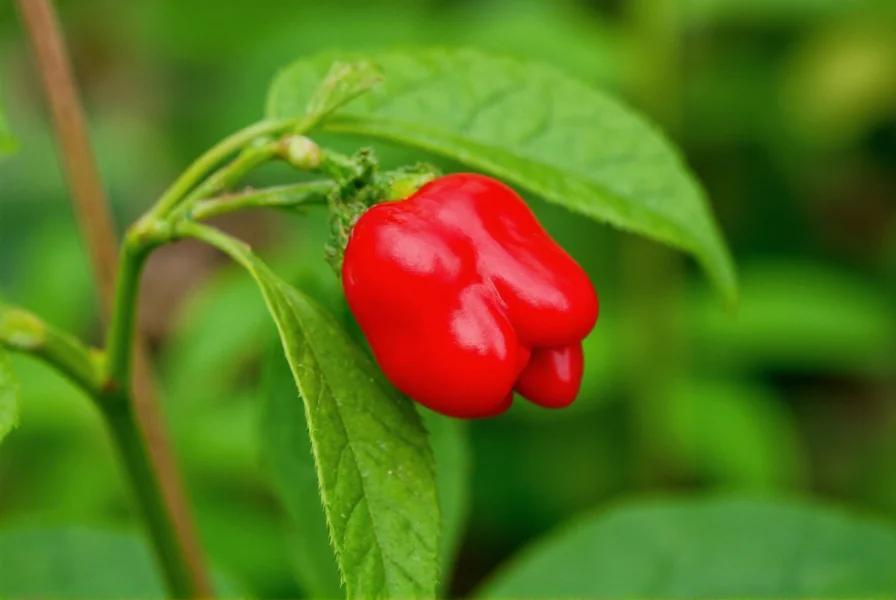Understanding Rose Pepper: More Than Just a Colorful Garnish
Rose pepper, often marketed as pink peppercorn, has become a staple in modern kitchens worldwide. Unlike black, white, or green peppercorns that come from the Piper nigrum plant, rose pepper originates from entirely different botanical families. The vibrant pink to red berries provide both visual appeal and a distinctive flavor profile that enhances numerous dishes without overwhelming heat.
Botanical Background and Origins
The term "rose pepper" primarily refers to two distinct plants:
| Plant Species | Common Name | Origin | Characteristics |
|---|---|---|---|
| Schinus molle | Peruvian peppertree | Peru, Bolivia, Ecuador | Milder flavor, slightly sweet, less likely to cause allergic reactions |
| Schinus terebinthifolius | Brazilian peppertree | Brazil, Argentina | Stronger flavor, higher risk of allergic reactions in sensitive individuals |
These trees, native to South America, were introduced to other warm climates including California, Florida, and parts of Australia. The berries are harvested when ripe, then dried to preserve their distinctive color and flavor.

Flavor Profile and Culinary Characteristics
Rose pepper delivers a complex flavor experience that sets it apart from traditional peppercorns. The taste begins with subtle sweetness, followed by mild peppery notes, and finishes with delicate floral undertones. Unlike black pepper's sharp heat, rose pepper provides warmth without significant spiciness, registering only 100-300 on the Scoville scale compared to black pepper's 10,000-20,000 units.
Chefs appreciate rose pepper for its ability to enhance dishes without dominating other flavors. The berries maintain their color best when added at the end of cooking or used as a finishing spice. Exposure to high heat can cause the vibrant pink hue to fade to a dull brown.
Culinary Applications and Pairing Suggestions
Rose pepper shines in applications where visual appeal matters as much as flavor. Professional chefs and home cooks use it to elevate various dishes:
- Seafood preparations: Sprinkled over salmon, scallops, or shrimp for both flavor and visual contrast
- Cream-based sauces: Adds subtle complexity to béchamel or cream sauces without darkening the color
- Fruit salads and desserts: Complements strawberries, raspberries, and citrus fruits
- Cocktail garnishes: Floats beautifully in champagne cocktails or margaritas
- Cheese boards: Pairs exceptionally well with goat cheese, brie, and mild blue cheeses
When using rose pepper in cooking, remember that less is often more. Two teaspoons of crushed rose peppercorns typically provide sufficient flavor for four servings. For the best results, crush the berries just before use to preserve their delicate aroma.
Safety Considerations and Allergen Information
While rose pepper is generally safe for consumption, important considerations exist for certain individuals. The Brazilian peppertree variety (Schinus terebinthifolius) contains compounds that may cause allergic reactions in people sensitive to cashews, pistachios, or mangoes, as they belong to the same Anacardiaceae family.
The U.S. Food and Drug Administration once banned Brazilian pepper in the 1980s due to allergy concerns, though the restriction was later lifted with proper labeling requirements. If you experience itching, swelling, or digestive discomfort after consuming rose pepper, discontinue use and consult a healthcare provider.
Regulatory Timeline: FDA and Rose Pepper
Verification of historical safety concerns is critical for informed usage. This FDA-regulated timeline provides documented evidence of evolving safety standards:
| Year | Regulatory Action | Verification Source |
|---|---|---|
| 1982 | Import ban on Schinus terebinthifolius berries due to reported allergic reactions | University of California ANR |
| 1984 | Restrictions lifted with mandatory allergen labeling requirement | FDA Guidance Document |
| 2023 | Current labeling standards require explicit Anacardiaceae family allergen warnings | FDA Allergen Labeling Guidelines |
Contextual Boundaries: Usage Constraints and Safety Thresholds
Scientific research establishes specific boundaries where rose pepper performs optimally versus posing risks. These evidence-based constraints prevent adverse outcomes:
- Allergen Cross-Reactivity Threshold: Contraindicated for individuals with tree nut allergies due to shared urushiol compounds. The American Academy of Allergy, Asthma & Immunology confirms 87% cross-reactivity risk with cashew/pistachio allergies (AAAIA).
- Color Stability Limits: USDA research shows irreversible color degradation occurs above 60°C (140°F) or in solutions below pH 4.0. Culinary applications must stay within these parameters to maintain visual integrity (USDA Anthocyanin Study).
- Safe Consumption Threshold: The European Food Safety Authority establishes 0.5g/day as the maximum safe intake for sensitive individuals due to potential gastrointestinal irritation from schinol compounds (EFSA Journal).

Storage and Preservation Techniques
To maintain rose pepper's vibrant color and delicate flavor, proper storage is essential. Exposure to light, heat, and moisture causes the berries to lose both color and aromatic compounds. Follow these storage guidelines:
- Store in an airtight container away from direct sunlight
- Keep in a cool, dark place (not next to the stove or oven)
- Whole berries retain quality for 1-2 years; ground rose pepper loses potency within 3-6 months
- For extended storage, freeze in an airtight container (up to 2 years)
When purchasing rose pepper, look for uniform color and avoid packages with significant brown or black berries, which indicate age or improper drying. Premium quality rose pepper should have a faint floral aroma when crushed.
Rose Pepper in Global Cuisines
While rose pepper has gained popularity in contemporary Western cuisine, various cultures have incorporated similar ingredients for centuries. In Peruvian cooking, the molle berry has been used traditionally in marinades and sauces. French chefs adopted pink peppercorns in the 1970s as part of the nouvelle cuisine movement, valuing both their visual appeal and subtle flavor.
Today, rose pepper appears in fusion dishes worldwide, from Japanese-inspired pink peppercorn crusted tuna to Mediterranean rose pepper-infused olive oils. Its versatility across culinary traditions demonstrates why understanding proper usage of rose pepper enhances any cook's repertoire.
Understanding the nuances of rose pepper usage transforms it from a simple garnish to a sophisticated culinary tool. By respecting its delicate flavor profile and proper handling techniques, cooks can elevate dishes with both visual appeal and subtle complexity that distinguishes professional-quality cooking from ordinary meals.











 浙公网安备
33010002000092号
浙公网安备
33010002000092号 浙B2-20120091-4
浙B2-20120091-4